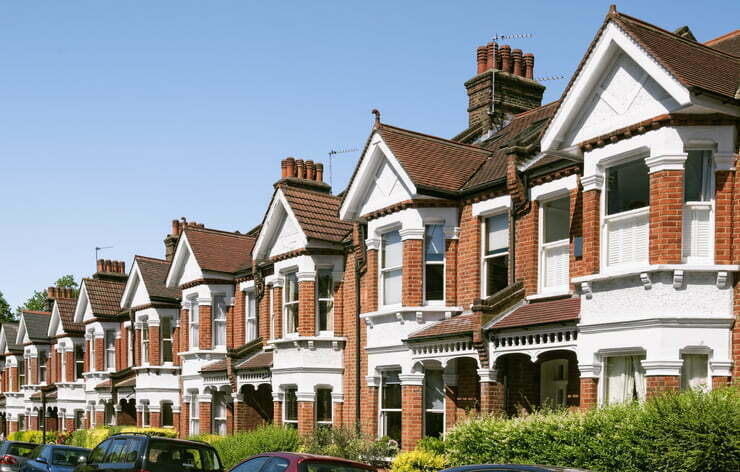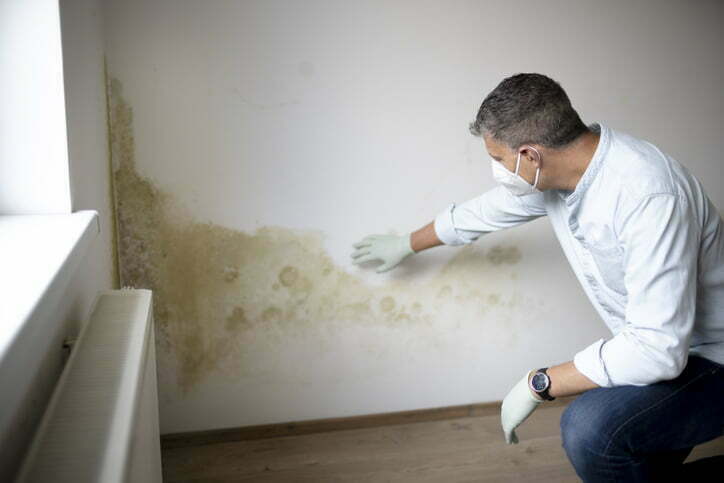Tapco HomeDry Dry Rot Treatment Maidstone
We are long term members of Trust Mark and a member of the BWA. CHAS accredited contractor. In addition, all of our surveyors are trained to the high standards of the PCA (Property Care Association).



Dry Rot Specialist In Maidstone
Are you concerned about dry rot in your Maidstone property? Trust the experts from Tapco Homedry to help tackle the issue at the source. We can help to identify, treat and restore homes affected by dry rot in Maidstone.
Signs of dry rot in your home
Learning to spot the telltale signs of dry rot in your home is a useful skill as a homeowner. With dry rot, the earliest stages will be characterised by a furry white growth. As the fruiting spores bloom, the centre of this growth will become rusty brown and spread outwards.
The wood left behind will be dry, dark and brittle. It will have cuboidal cracks in the structure that leave it weakened and it will often crumble easily under your fingers. Even if you can’t see the fungus or the damage, you may be able to smell it. Dry rot releases a damp or musty odour.
What is dry rot?
Dry rot is the common name for a type of fungus that consumes damp wood. Serpula lacrymans is found in woodland areas where it plays a vital role in breaking down fallen trees to clean the forest floor. However, it can also spread into homes where it causes extensive damage.
In the beginning of an infestation, there will be a furry white growth on damp wood. When the fungus fruits, it produces rusty brown spores. Wood damaged by dry rot will be dark, brittle and often warped.
While the name might suggest otherwise, dry rot actually needs some moisture in order to thrive. This is why damp problems in your home should always be dealt with urgently. Left untreated, damp can create the perfect conditions for other issues to thrive.
This type of damp rot is commonly seen in older properties with timber frames, but it can impact homes of any age. It can also be seen in floorboards, skirting boards, door frames and doors. If you’re concerned about the presence of damp or dry rot in your home, regardless of the age of your property, get in touch today.
How is dry rot treated?
The most common treatment for dry rot is a fungicidal treatment applied directly to the wood and the surrounding areas. This will help to kill the spores and prevent it from spreading any further. We will also address any damage caused by the fungus by replacing the wood with pre-treated timber.
Another important part of dry rot treatment is identifying the source of the dampness that allowed the dry rot to thrive. Damp is a common problem in Maidstone properties and we can provide a comprehensive service to help identify and root cause and deal with it promptly.

Dry rot experts in Maidstone
If you’re struggling with a dry rot outbreak in Maidstone, get in touch with our team today. We can help to stop dry rot in its tracks so it doesn’t cause extensive damage to your home. Contact our local dry rot experts in Maidstone today to arrange your dry rot survey.
The difference between wet rot and dry rot
Dry rot and wet rot are caused by two different types of fungus. As suggested by the names, one thrives in moist conditions while the other is better suited to dry environments. Wet rot needs moisture levels of around 50% while dry rot can thrive with around 20% moisture.
Both types of rot will cause extensive damage if left untreated. They will cause structural damage to your home if the fungus is left to spread through timber framed properties. You don’t have to know which one is causing issues to seek help. The sooner you address the cause of the problem, the better.


 Damp Proofing
Damp Proofing Basement Damp Proofing
Basement Damp Proofing Water Damage
Water Damage Condensation Control
Condensation Control Dry Rot Treatment
Dry Rot Treatment WOODWORM & WET ROT
WOODWORM & WET ROT CAVITY Wall Ties
CAVITY Wall Ties Property Maintenance
Property Maintenance Waterproofing And Tanking
Waterproofing And Tanking Structural Repairs
Structural Repairs
